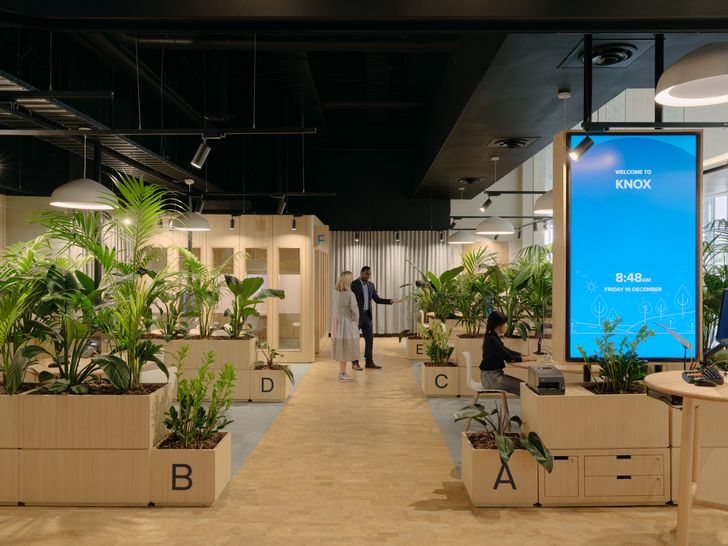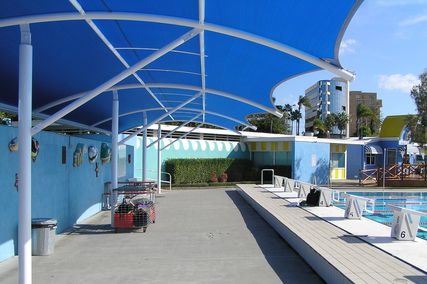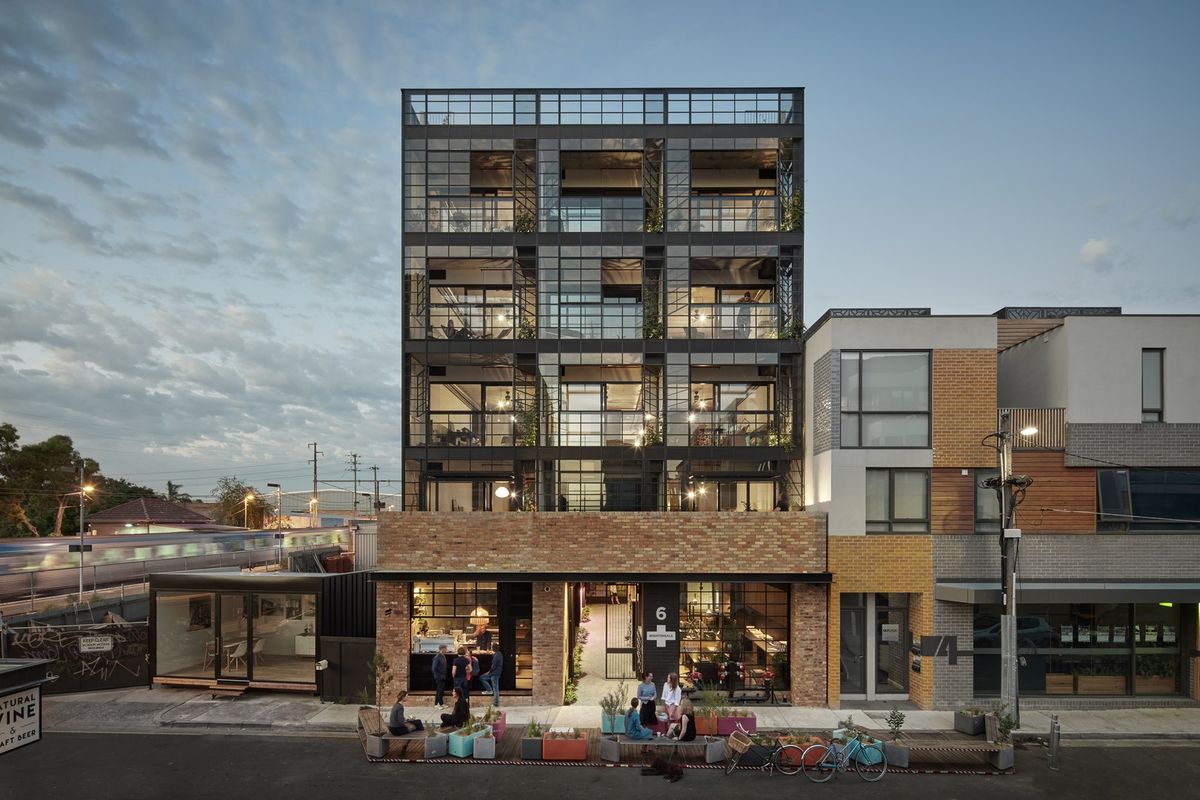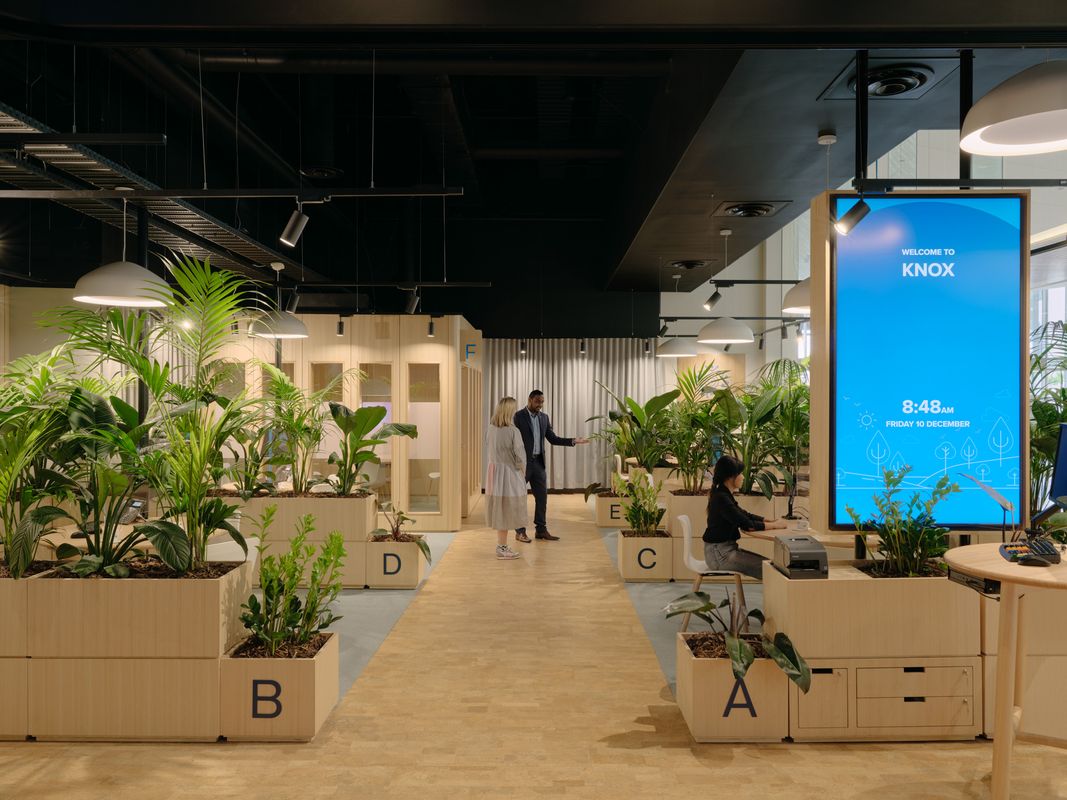Architecture firm Breathe is calling on all architects to reduce carbon emissions in their projects through six steps, which they revealed at an event in Melbourne on 20 September.
“The built environment is the single biggest emitting sector,” said Breathe founding director Jeremy McLeod. “37 percent of all emissions come from the built environment. That’s the place where we work, so we have agency to change that.”
McLeod explained that 27 percent comes from operational carbon – the carbon emitted through a building’s energy use. “The good news is this is the biggest single easiest chunk to solve,” he added. The remaining 10 percent is embodied carbon, which is harder to reduce, and much more work needs to be done.
He outlined three steps to achieving zero operational carbon, and a further three steps to reducing embodied carbon:
Operational carbon
1. Electrify everything. No more gas.
Use heat pumps for hot water, and electricity for heating and cooling, induction cooktops, solar power and EV chargers.
2. Buy 100 percent renewable energy
“Buying 100 percent certified Green Power is cheaper than putting solar on your roof. We can all buy Green Power tomorrow,” McLeod said. “As we buy Green Power out of the grid, it forces [energy companies] to commit to building large-scale renewables – wind, pumped hydro, large-scale solar.
Green Power is a government-managed program that makes 100 percent renewable energy available to households and businesses.
McLeod also encouraged architects working on housing developments to implement embedded energy networks because bulk-buying Green Power is cheaper than individually buying Green Power at retail rates.
3. Certification
“Certification is important, because we need to know what we’re building, and we need to be measuring these things.”
McLeod said that Breathe Architecture uses two strategies to ensure certification of its buildings, and that ongoing carbon audits are undertaken to maintain certification. The practice advises developers that a carbon-neutral building is a marketable asset and can include a clause in the owners’ corporation rules that it must undertake annual carbon audits and purchase carbon offsets if required.
Embodied carbon
1. Build less
“Size matters,” McLeod said. “The average size of a new house in NSW is 420 square metres,” he told an astonished crowd of Melbourne architects. “We’ve got the biggest houses in the world, and we’ve got the biggest carbon footprint in the world, save for some of the oil-producing countries in the Middle East.
“We need great housing, we don’t need massive housing.”
As well as reducing the size of buildings, he also said that shared amenities for both residential and commercial building types can also contribute to building less, including shared toilet facilities, centralized heat pumps, solar arrays, rainwater stores and rooftop spaces.
Breathe designed a kit-of-parts fitout for ANZ branches, and the selection of sustainable materials was the heart of the project.
Image: Tom Ross
2. Material reduction
The three biggest emitters are cement, steel and aluminium. Reducing the amount of these three materials could significantly reduce the embodied carbon of a building. Steel can be eliminated from a building by stacking vertical structural elements and using smaller spans. Cement-free concrete or zero-carbon concrete would also contribute to emissions reduction, as would limiting the use of aluminium only to where appropriate, such as doors and windows.
He cited a number of suppliers in the building industry that have zero-carbon products and encouraged architects to use their collective specifying power to encourage other suppliers to develop their own zero-carbon products.
3. Measure the impact
Life-cycle assessments of both embodied and operational carbon are crucial to getting an understanding of the carbon emissions status quo. “We’ve all got to start measuring, because if we’re not measuring, we’re not going to get a benchmark, and if we don’t have a benchmark, how do we know how to cut our carbon?” McLeod said.
“The great thing about measuring is you can see what happens when you change your structure from concrete to steel or from steel to timber.
“Theoretically, if we could get everyone to handle carbon their side, we could then take out 100 percent of the embodied carbon. Our job is to electrify everything and to make sure that our clients commit to 100 percent renewables.”


















